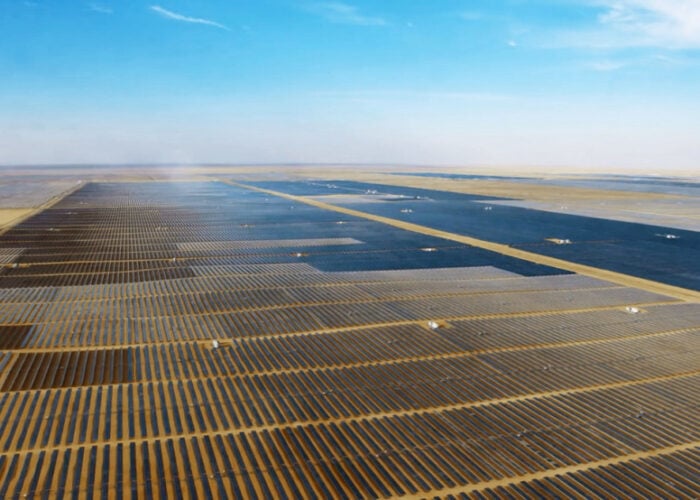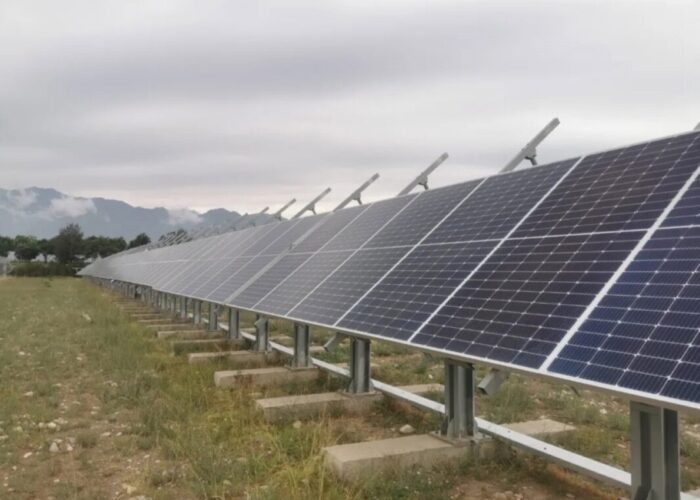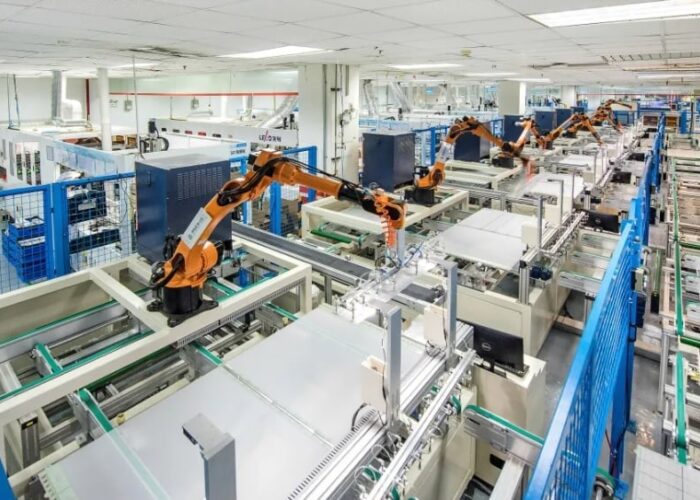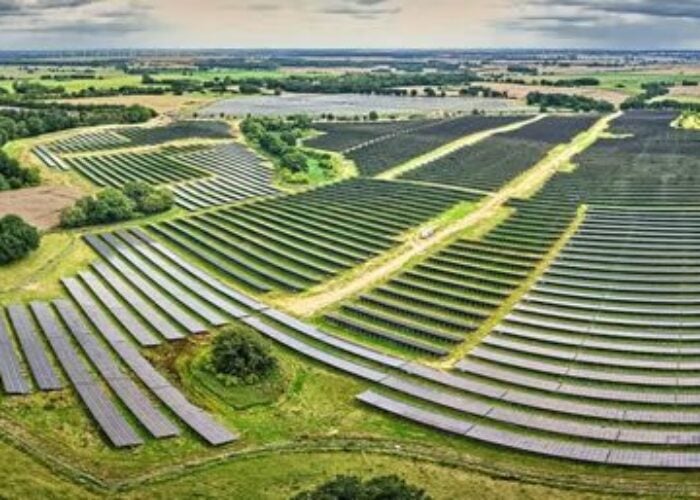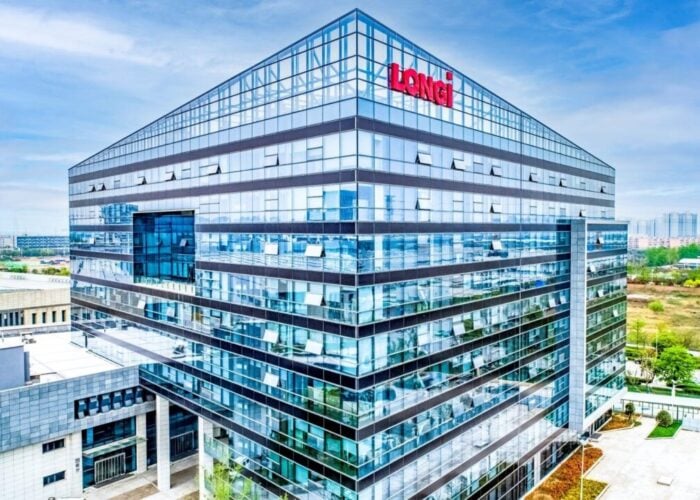
Bifacial double-glass solar modules have increased power yields by up to 23% compared to monofacial counterparts a study conducted in China by JA Solar and TÜV Rheinland has found.
The study compared the power generation performance of bifacial double-glass modules developed by JA Solar with monofacial mono modules, connected with different inverters and racking systems, in an attempt to provide reference points for customers when selecting modules.
Try Premium for just $1
- Full premium access for the first month at only $1
- Converts to an annual rate after 30 days unless cancelled
- Cancel anytime during the trial period
Premium Benefits
- Expert industry analysis and interviews
- Digital access to PV Tech Power journal
- Exclusive event discounts
Or get the full Premium subscription right away
Or continue reading this article for free
Four particular arrays were modelled within a state-owned 100MW PV power plant in Delingha, Qinghai, China, with testing conducted by independent technical testing provider TÜV Rheinland.
The first array combined JA Solar-made bifacial double-glass 310W modules with a horizontal uniaxial rack and a string inverter, while the other three test arrays all used 310W monofacial modules from unnamed manufacturers. Distributed, centralised and string inverters were used on these three arrays, while the racking was also adjusted.
The arrays neighbour each other and were built on the same land type, were designed and constructed by the same construction team using the same construction cycle and grid-connected time, and all were export-unlimited arrays.
Sample data was taken between 6 June 2019 and 19 October 2020, with a total of 485 days worth data was collated after some data abnormalities were removed.
TÜV Rheinland conducted consistency tests on the performance and quality of the modules to ensure objectivity of the data comparisons.
The results compiled by TÜV Rheinland, which had taken into account the impact of the tracking bracket on performance, show that the bifacial array produced between 15.4% and 23.3% more power compared to the monofacial arrays of different tilt and inverter technology, results which JA Solar said demonstrated the “excellent power generation performance” of bifacial modules over monofacial.
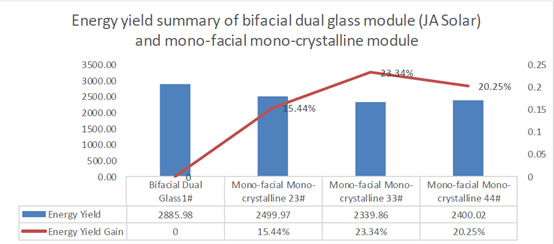
“The result of the test once again validates the excellent power generation performance of JA Solar bifacial double-glass module, enabling it to become a good choice to guarantee ROI for downstream customers,” JA Solar said.


